PARAGUAY: MEMORIES OF A DICTATORSHIP
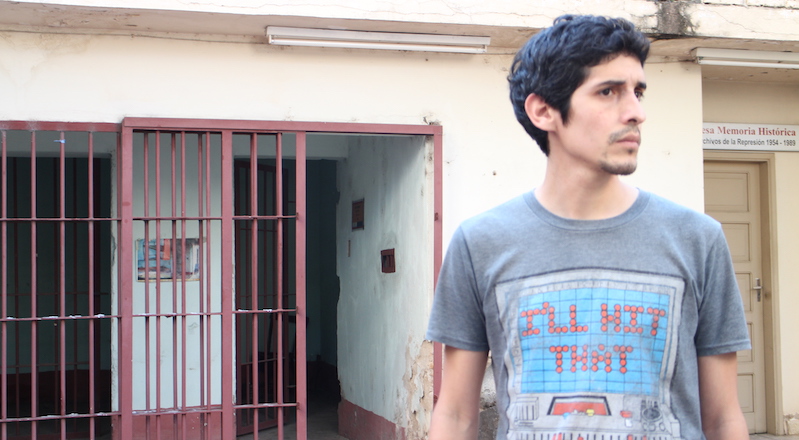
Apart from the present customs and cultural diversity, I have by now discovered quite a bit about Paraguayan history. For example, did you know that 70% of the Paraguayan adult male population were killed in the War of the Triple Alliance (between Paraguay and the alliance of Argentina, Brazil and Uruguay from 1864 to 1870), which is also the deadliest war in the whole history of Latin America? Or did you know that Paraguay is also the country with the longest dictatorship (35 years) in the history of the Latin America? In fact, as a result, the current President can only be elected once for a single 5-year term. But let’s concentrate on that 35-year rule for a while.
Oh and I do have a confession to make: before coming to Paraguay, I had no clue about this country. Not because I couldn’t find any information about it, but because I simply enjoy finding out about places bit by bit, through locals. When reading about a place beforehand, the information is handed to you either through the mass media of other countries (sometimes very different from ‘reality’), through personal blogs (individual experiences) or through the country’s own official sources (often representing only the good sides of the country). These can all be very biased. And beware, you’re also reading a personal blog. But that’s not the point. The point is: I had no clue about this country. So that (and the fact that I had no clue about Uruguay either) is exactly why I wanted to take this small detour of 3000kms from the commonly cycled Pan-American Highway and visit this country.
El Museo de la Memoria
Yesterday, I accompanied an ex-stranger from Asunción, Melissa, to find out more about the years between 1954–1984. She’s a creative director for an advertisement agency and her task of the day was to find out more about the period known as the dictatorship (as preparation for a radio show). So, in a group of three me, Melissa and her brother César, visited the Museum of Memories (El Museo de las Memorias) also called the Museum of Terror (El Museo del Terror). This is where the history of the dictatorship is showcased in all its inhuman cruelty. This is also where we found Melissa’s grandfather’s name.
What is there to see?
The museum not only demonstrates, but also investigates, conserves and communicates in various forms the methods, reasons and effects of torture. Although the display of the museum is quite poor, the information is plentiful and very interesting. There is an enormous amount of writings and maps about the tortured, the disappeared and about the violation of human rights. It’s located in what used to be the headquarters of the National Directorate of Technical Affairs of the Ministry of Interior. The establishment, created by dictator Alfredo Stroessner in the year 1956 to control the population considered enemy by the Doctrine of National Security, is definitely not the fanciest I’ve seen. But then again, this is only reasonable considering the place used to be a hub for extreme torture with cells and four rooms dedicated solely for this activity. This is also where Colonel Robert K. Thierry, an expert sent by the US government to train police and military forces in interrogation techniques, established his office. His teachings and the application of torture on political dissidents were of course kept secret until the discovery of the so-called Terror Files (el Archivo del Terror) in the year 1992, which brought the existence of torture and persecution into the open. This is the year the building was closed, before it was opened again as a museum in 2002.
Where is the Museum of Memories?
Address: Chile 1072 and 1930, Asunción, Paraguay
For opening hours: (595 21) 493 873
Free entry
Who was Alfredo Stroessner?
Alfredo Stroessner (1912–2006) was the President of Paraguay from 1954 to 1989. He was an anti-communist, who was supported by the United States of America during nearly his whole presidency. Before stepping into politics, he served as a military officer, and when president, he was also the leader of the Colorado Party (Partido Colorado). Because of major corruption in elections, this party (which crazy enough is the leading party even to date) remained the only significant political force for nearly the whole time of Stroessner’s career. Moreover, during his rule, Paraguay became the perfect destination for former Nazis.
During Stroessner’s rule, Paraguay became one of the most important participants in Operation Condor. This was a campaign of state terror against communists, implemented in the year 1975 and jointly conducted by Chile, Argentina, Bolivia, Paraguay, Uruguay and Brazil with the support of the US. According to estimations, nearly 4,000 people were murdered during this campaign and over thousand more imprisoned and tortured.
P.S. Oh…and the grandson of Alfredo Stroessner, Alfredo “Goli” Stroessner was Senator for the Partido Colorado still in 2014.
Grandchildren of a tortured man
Although the museum in itself was already quite disturbing, what made a much bigger impact on me was when, out of the blue, César told me his grandfather had been one of the tortured. (Not least because at the moment of writing I’m staying in the house where he also used to live, so I feel like I already know him.) For three months, he had been detained in a tiny cell side-by-side with many others, just like sardines in a tin can. The only time he was let out, was to identify the body of his older son, who supposedly had died of heart attack while swimming (a 24-year-old med student). Immediately thereafter, he was closed into the detention room again.
Even though I had known that this is the reality of many Paraguayans in Melissa and César’s grandfather’s generation (also in other South American countries), having a personal contact to a tortured person’s family is striking. In Finland, many people the same age have fought in the Continuation War, yet torture is something different. To me, it reflects the most inhuman activity imaginable to mankind. Having said this, you can only guess how silent I was left by César finding his grandfather’s name on the list of tortured on the museum wall.
How I met Melissa and César?
Melissa is the sister of my Couchsurfing host, César. She is the creative director for digital content of an advertisement agency and speaks faster than any other Spanish speaker I’ve ever met. César, instead, is a social media wizard and a blogger, who I’ve had so many laughs with, I can’t even count anymore. He also helped me out a lot with this blog! To check out César’s own blogs on beer and whatever he feels like writing about, visit www.blogdecerveza.com and www.thelemongroup.net. Missing from the story is Melissa and César’s brother Edu (in the picture below) who also works in advertising and is planning to leave the country soon. Where to this time, is still a mystery.


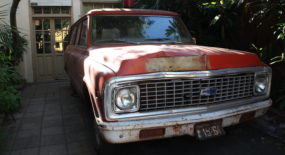
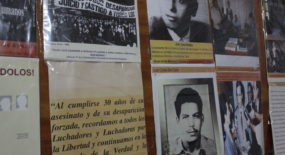
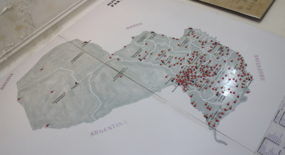
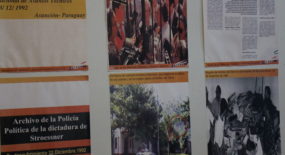
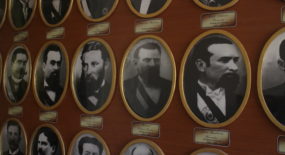
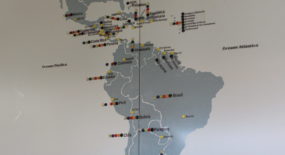
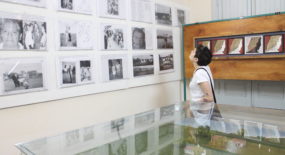
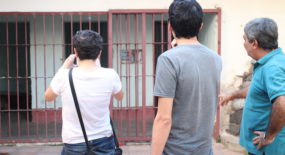
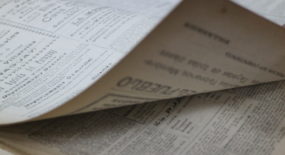
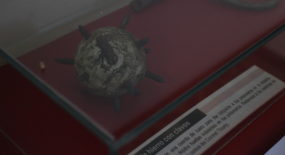
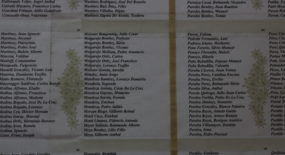
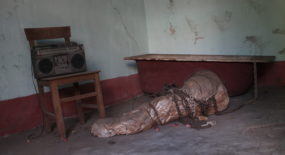
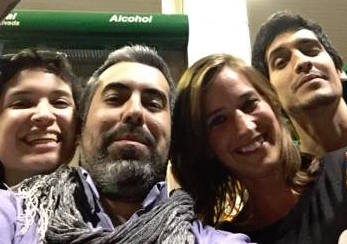
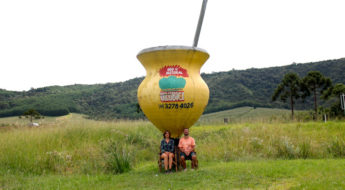
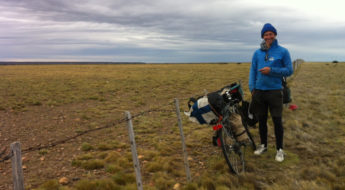
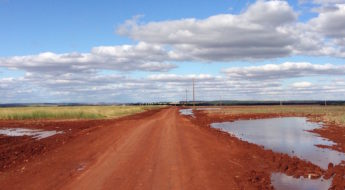

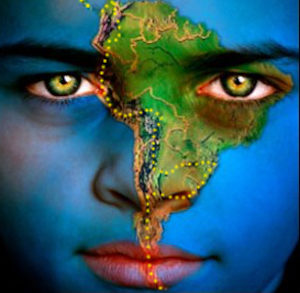
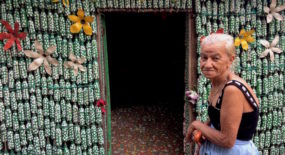
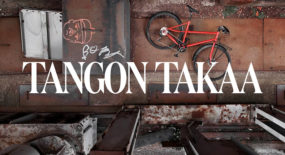
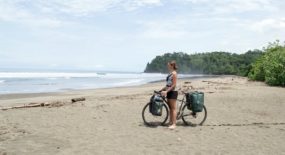
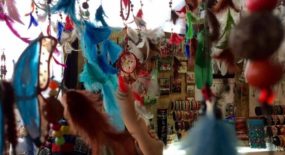


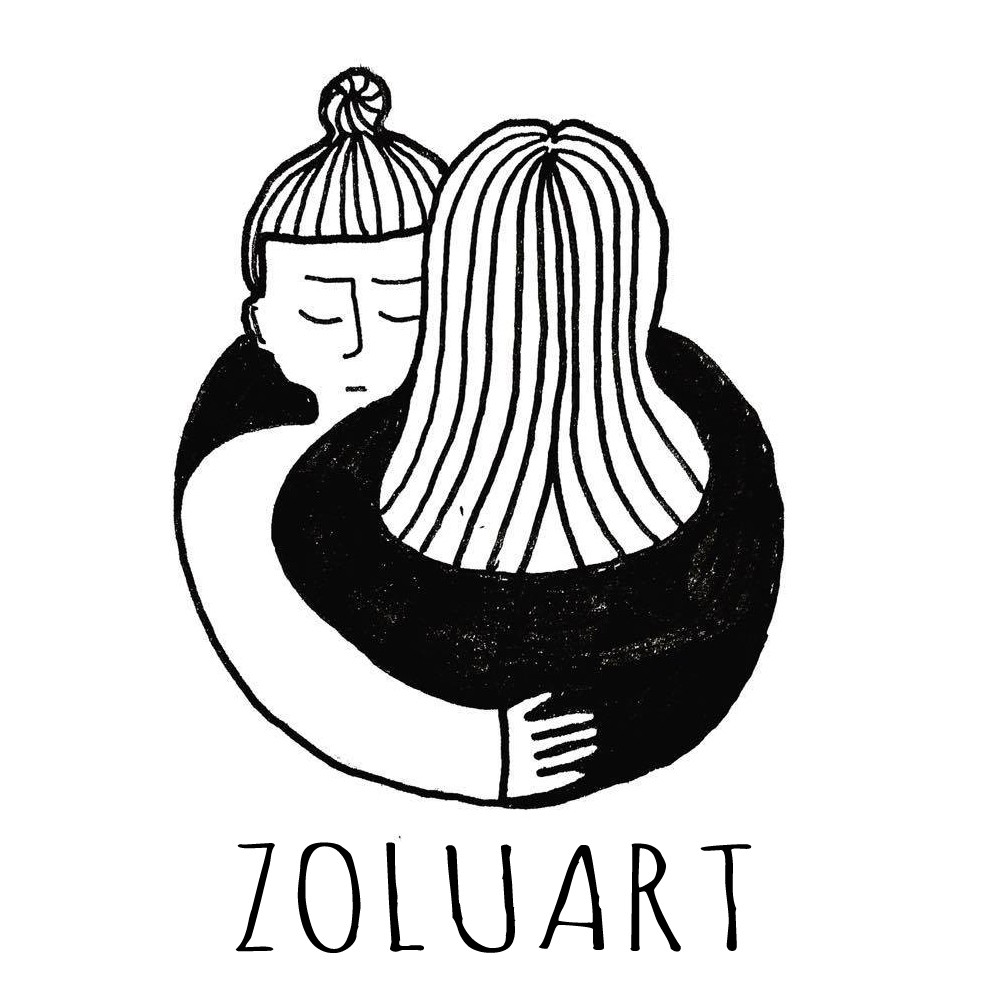



More interesting facts ..we never had a clue..
Lauryne, me neither!